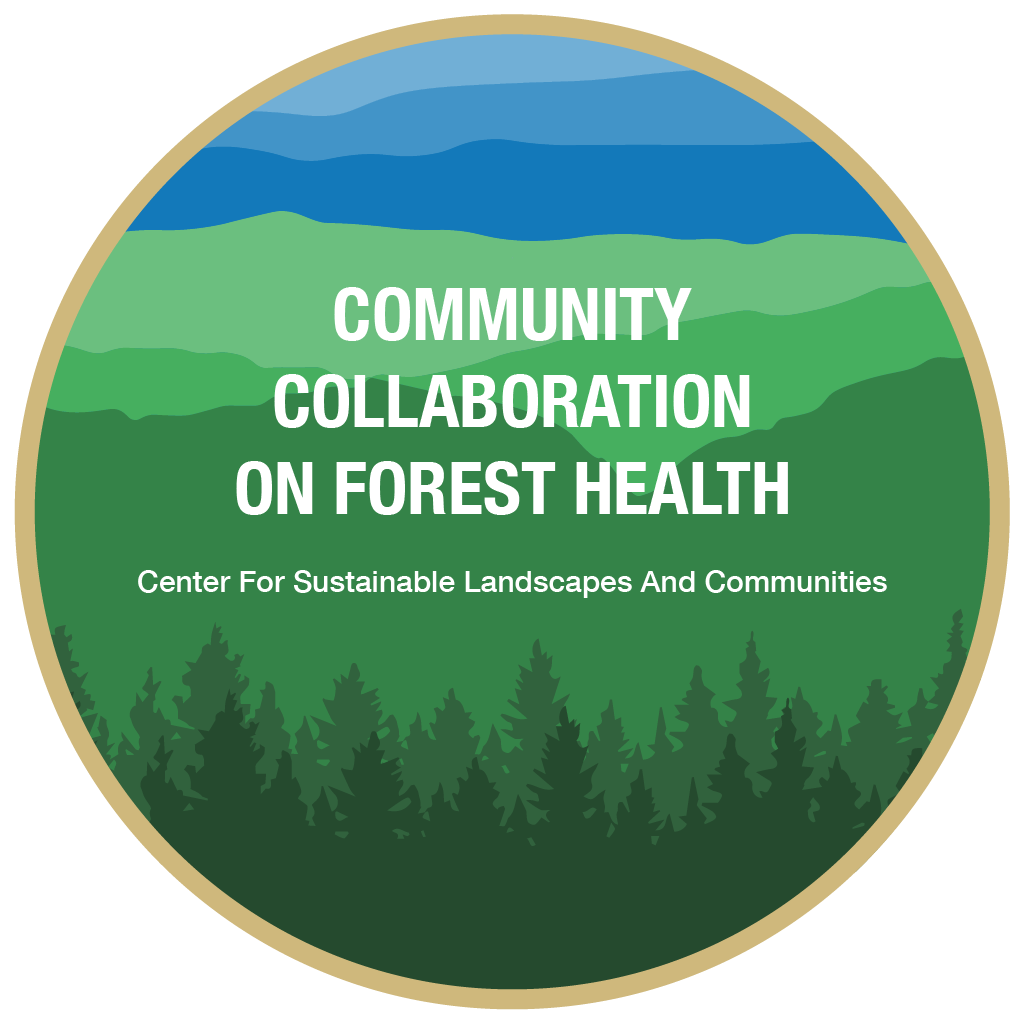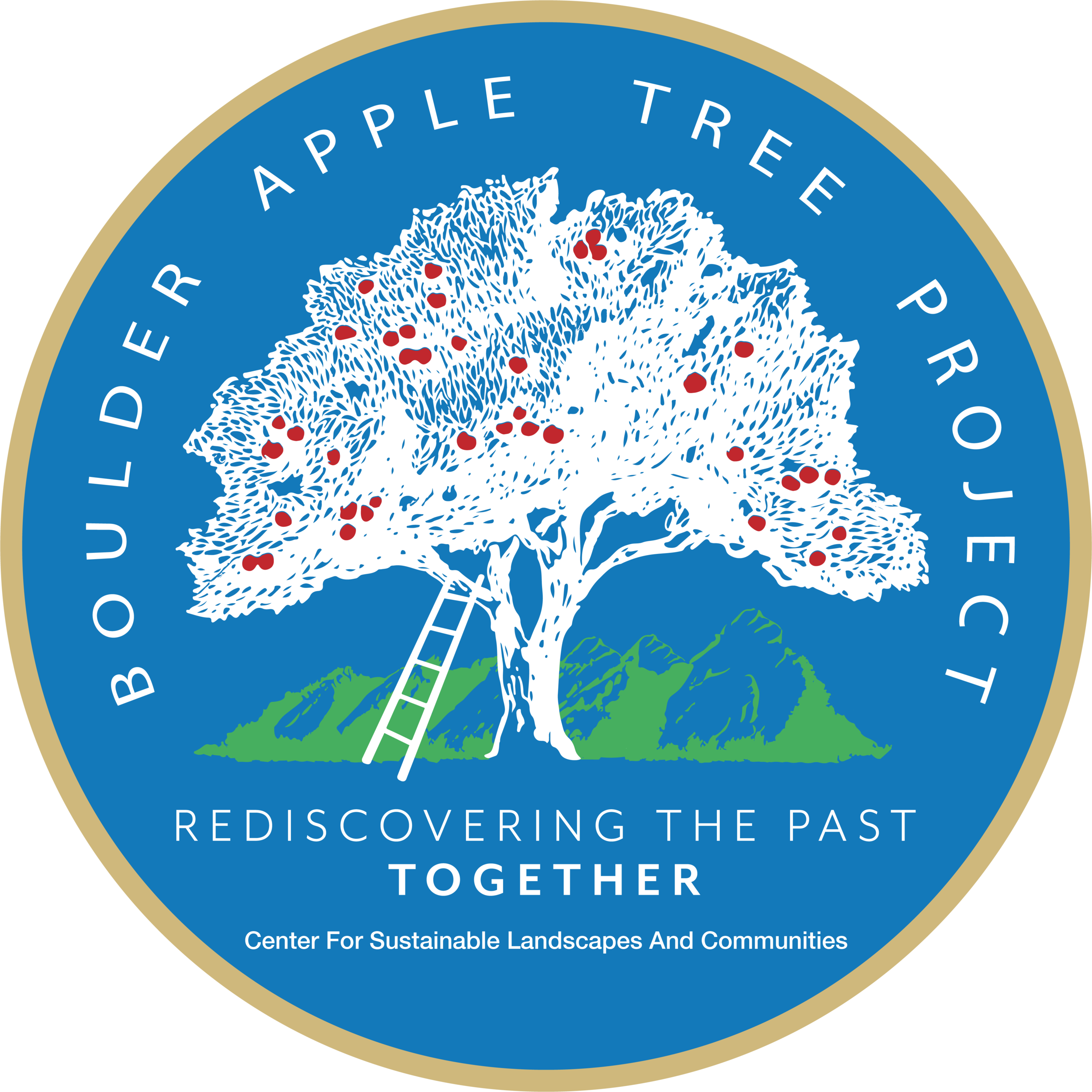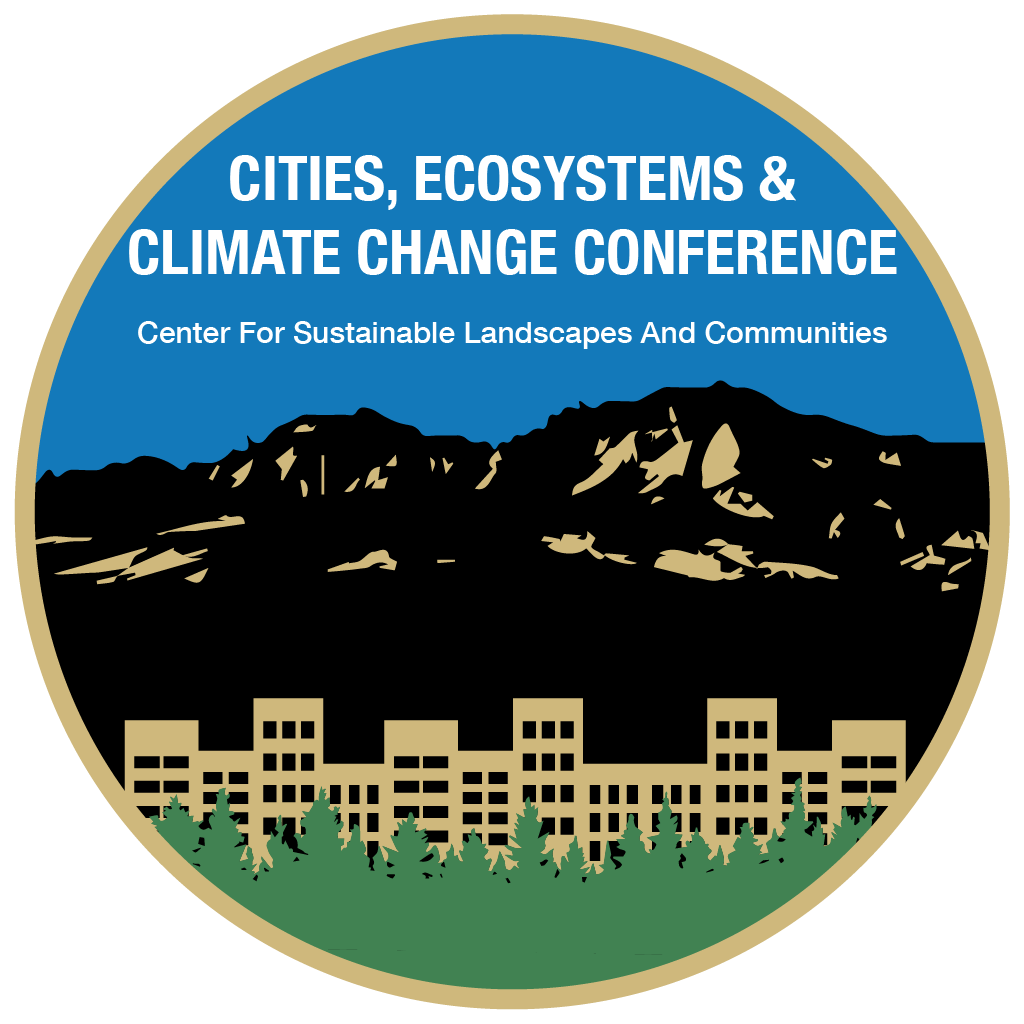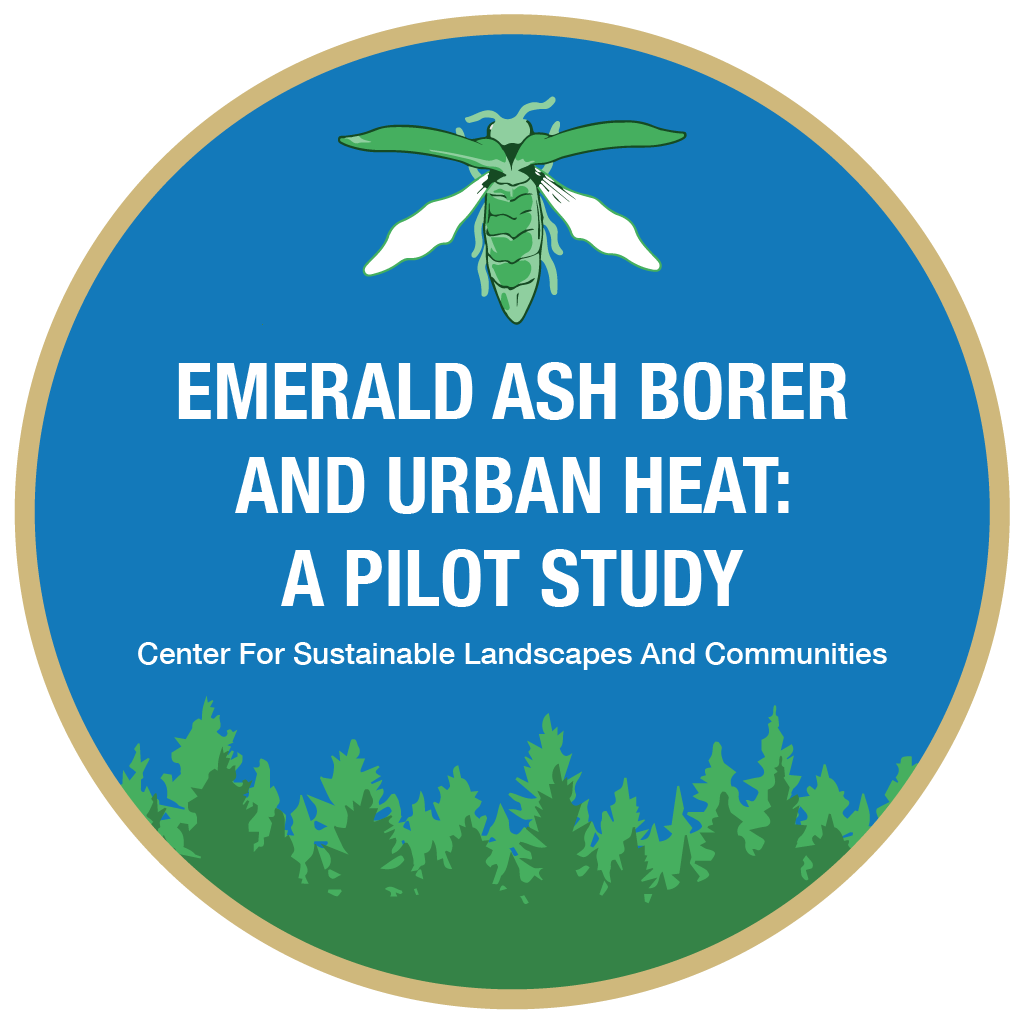Emerald Ash Borer and Urban Heat: a Pilot Study
By Deidre Jaeger, PhD Candidate Ecology and Evolutionary Biology, CU-Boulder; and Amanda Looze, BA Ecology and Evolutionary Biology, BS Mechanical Engineering, CU-Boulder.
The Emerald Ash Borer (EAB) is an invasive beetle first identified in the United States in 2002. In 2013, it was identified in Boulder and has now been found in at least three nearby Colorado communities. EAB is a federally quarantined, invasive tree pest responsible for the death or decline of more than 50 million ash trees to date. In Boulder, 25% of the urban forest is composed of ash trees, which perform a valuable service in keeping our community cool and shaded.
In September 2018, we conducted a pilot study to look at the impacts of ash removal on air temperature at a site along Boulder Creek. We measured air temperature over a 7-day period under two EAB-infected ash trees that were removed on day 4. Temperature was logged at two other sites, one in full sun and one under an EAB-infected ash tree that would not be removed.
Aerial view of the study area, North of Boulder Creek, Boulder, Colorado. Photo: Google Earth
Results suggest that tree removal due to Emerald Ash Borers could have an impact on temperature and should be studied and managed in collaboration with the community.
Removal of the two EAB-infected trees showed an average increase of 0.88 °F (SE = 0.035, N = 2 trees) in ambient air temperature at the site of ash tree removal compared to a control sensor in full sun. We found an increase in temperature 0.337°F (SE = 0.067, N = 2 trees) at the tree removal site.
Since removal of two ash trees at this single site showed a measurable difference over a 7-day study period, we recommend a larger ground or remote sensing study to do the following:
Establish baseline values for ecosystem service goals during tree restoration;
Provide predictions for local urban heat dynamics with tree canopy loss;
Consider shade intervention structures to mitigate heat-related human health concerns and increased energy consumption for summer heat waves.





